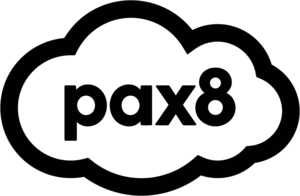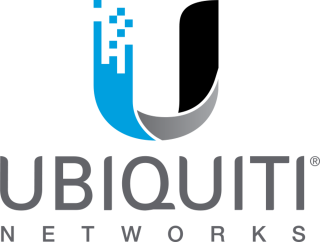Disaster Recovery
Exodata combines IT business resilience frameworks with geographically separate physical and cloud-based data centers. This approach offers disaster recovery and Disaster Recovery as a Service (DRaaS) options, safeguarding your technology against downtime.

Disaster Recovery You Can Rely On
Exodata provides adaptable disaster recovery solutions tailored to meet your Recovery Point and Recovery Time Objectives, available either as an all-inclusive DRaaS package or as a standalone service.
- Select the applications and systems that need the quickest restoration time.
- Employ disaster recovery utilities for transitioning workloads between cloud services and on-site resources.
- Benefit from completely automated orchestration for failover and system reconfiguration.
Managed Disaster Recovery Services
Entrust the oversight and administration of your DR environment, backup snapshots, and other facets to Exodata. We take care of the design, setup, and validation of your recovery solutions.
Standard DRaaS Offering
With Exodata’s standard DRaaS service, the following tasks will be completed:
- Installation of all required infrastructure and software elements
- Setting up VM replication tasks
- Initial DR failover tests
- Subsequent failover testing support (available on advanced notice only)
- A single instructional session on how to manage the solution
- Provision of a Standard DR Runbook (details below)
- Support during live production failover in case of an outage
- Continuous monitoring of infrastructure and replication status
Standard DR Runbook
Once the DRaaS setup is finalized, Exodata will generate and furnish the client with a Standard DR Runbook. This includes all necessary information for conducting a test or live failover, performing basic troubleshooting, and understanding how to interact with Exodata for failovers or general inquiries.
IT Support Services for Disaster Recovery
Whether you need assistance with a specific part of your disaster recovery strategy, like data backups, or comprehensive support including defining your Recovery Point Objective (RPO) and Recovery Time Objective (RTO), Exodata has you covered.
Our professionals adhere to your defined recovery service levels (RSLs) to minimize the expense of your disaster recovery efforts and restore critical applications promptly. If you don’t have an RSL, we can collaborate with your organization to establish one.
Geographically Varied Failover Options
Exodata runs data centers nationwide in some of the country’s most secure regions. Transition your systems effortlessly between locations, opting for either colocated backups or cloud-based disaster recovery. Choose a site based on its proximity to your operations for efficiency, or for its distance for enhanced security.
Exodata can also set up Microsoft Azure recovery landscapes using Site Recovery Manager, offering a range of Availability Zones to choose from.
Genuine Business Continuity
Exodata’s disaster recovery facilities in locations like Seattle, Bellingham, and Cheyenne come equipped with work-recovery spaces. These allow your staff to continue operations, even if your main business location becomes inoperable due to an unexpected calamity.
What’s Included in the Service?
Opt for Exodata’s fully managed Disaster Recovery as a Service (DRaaS) for a comprehensive DR solution, supported by round-the-clock customer service and skilled cloud engineers.
During a Disaster Recovery Event
Exodata collaborates with you to meticulously identify and record all triggers for disaster recovery events and the associated recovery runbooks. The process for handling a disaster recovery event can be either automated or may require manual input and approval. Responsibilities for disaster recovery tasks are clearly allocated to the relevant in-house teams.
Failback Procedures
Exodata establishes a structured failback protocol along with a corresponding runbook. This includes customized Recovery Time Objectives (RTO) and Recovery Point Objectives (RPO) for each server or application covered by the DR plan. The System Failback operation can be set to either run automatically or necessitate manual approval and engagement.
Scheduled Recovery Testing
A distinct testing protocol will be outlined and recorded for each server within the runbook. Both automated and manual test methods may be specified. Every server recovery mechanism will be tested a minimum of twice annually. Exodata will issue a standard report indicating the outcomes of the tests, and any failures will be addressed by Exodata’s management service team.
Quarterly Service Review
Four times a year, Exodata will conduct a Quarterly Service Review. This review will give an in-depth look at DR infrastructure expenses, usage metrics, and recovery data. Ongoing recommendations will offer insights into how the disaster recovery procedures, policies, and failback methods can be enhanced. The review will also include data on customer service interactions, such as the number of tickets filed, resolution times, and customer satisfaction survey results.
Monitoring and Reporting
All components of the replication system and supporting infrastructure will be closely monitored to ensure they remain functional and connected. Should any issues arise concerning the DR capabilities, they will be promptly resolved by Exodata’s managed services team and the customer will be directly notified.







